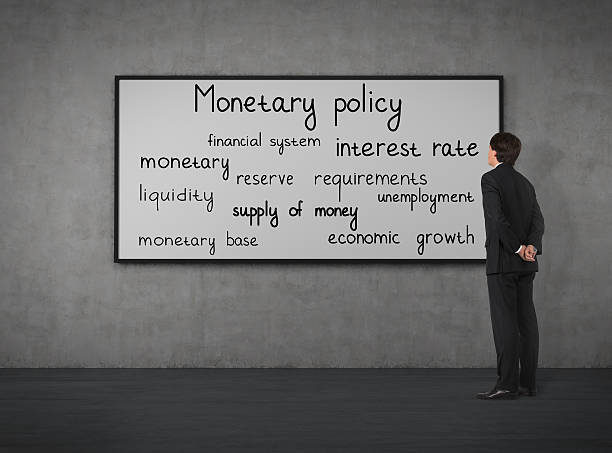Markets
US eco data yesterday ranged from lower-than-expected PPIs over a decent headline but underlying weak NY manufacturing index to above-consensus retail sales. In the end, markets focused mainly on the latter, allowing yields to claw back some of the sharp CPI driven losses the day before. Treasury yields added between 7.3 and 8.7 bps with the belly of the curve outperforming. In an interview with the Financial Times, Fed’s Daly welcomed the deceleration in price rises but warned against proclaiming victory over inflation just yet. A stop-start (announcing the end of the hiking cycle only to reverse course again later) mentality would hurt credibility, she added. Daly, voting next year, noted that rate cuts are not happening for a while. German yields rose 2.2-5.7 bps in a steepener. In both regions, however, markets hold on to the idea of central banks starting to cut rates around mid-2024 with tentative pricing for an even earlier move in either May (Fed) or April (ECB). Against this backdrop, bourses stayed resilient despite the yield rise. It’s all about expectations for a one-in-a-lifetime soft landing scenario. European stocks rose 0.55% (EuroStoxx50), Wall Street added up to 0.47% (Dow Jones). The trade-weighted US dollar bounced off 104 support to close around 104.38. EUR/USD returned a fraction of Tuesday’s massive gain. The pair finished at 1.0848. Sterling slid after a tiny miss in CPI also sealed the BoE’s fate in the eyes of markets. EUR/GBP rose to 0.8736.
Eyes in the Asian session this morning were on the Biden-Xi encounter, the first in-person meeting in a year. Both sides hailed the progress made but it comes with little impact on markets. The US Senate approved a stopgap funding bill overnight. In doing so, Congress avoided a looming shutdown threat this Friday only to postpone it to early next year. The recurring debacle is rarely a topic of importance for markets. But these last-minute deals do highlight the continued polarization which was cited by several rating agencies (Moody’s most recently) as one of the reasons for downgrading the credit outlook. The eco calendar later today has little to offer but the weekly US jobless claims. There’s an avalanche of (high-profile) ECB and Fed speeches scheduled for release. They serve as a wildcard for trading. In any case we don’t think they’ll be able to dramatically turn the tide on core bond yields. The force of gravity remains strong for the time being with next support in the US 10-y yield kicking in at 4.34% and around 2.50% in the German 10-y yield. The dollar remains vulnerable if bets on a soft landing continue to support equity markets. EUR/USD 1.0945 is the upside reference on the technical charts.
News & Views
The Australian economy in October added 55k additional jobs, data from the Australian Statistics Office showed. Markets expected a gain of about 24k. Most of the growth came from part time jobs (37.9 k). However, the reacceleration followed modest job growth in September. In this respect the average increase over the past two months was even slightly lower than the average of the previous year. The unemployment rate increased from to 3.7% as the participation rate jumped from 66.8% to 67%. Growth of hours worked slowed recently as an indication of softening labour demand. Job growth mainly being driven by part-time rather than full time jobs points in the same direction. In this respect, the strong headline data probably don’t ask for immediate further action from the Reserve Bank of Australia. The 2-y Australia government bond yield currently holds little changed at 4.23%. After yesterday’s rebound, the Aussie dollar is again losing the AUD/USD 0.65 big figure. (0.6475).
Czech central Bank Vice governor Jan Frait yesterday in an interview said that he sees external and domestic conditions as being in favour of lowering borrowing costs. Frait was one of the two MPC members that voted for but didn’t get a first 25 bps rate cut at the November policy meeting. He admitted that he can’t predict when the majority of policymakers will back a rate cut. He noted that central bankers are facing a big dilemma as they ‘are concerned about the last mile and whether inflation won’t remain entrenched in people’s heads and whether they won’t demand significantly higher wages’ that are not in line with bringing inflation sustainably back to the 2.0% target. Frait said that other MPC members’ caution at the November meeting also occurred as they want to assess the extent of the traditional price increases in January. Frait sees less such need as the Bank should be forward-looking. Next CNB policy meetings are scheduled for December 21 and February 8 next year.
